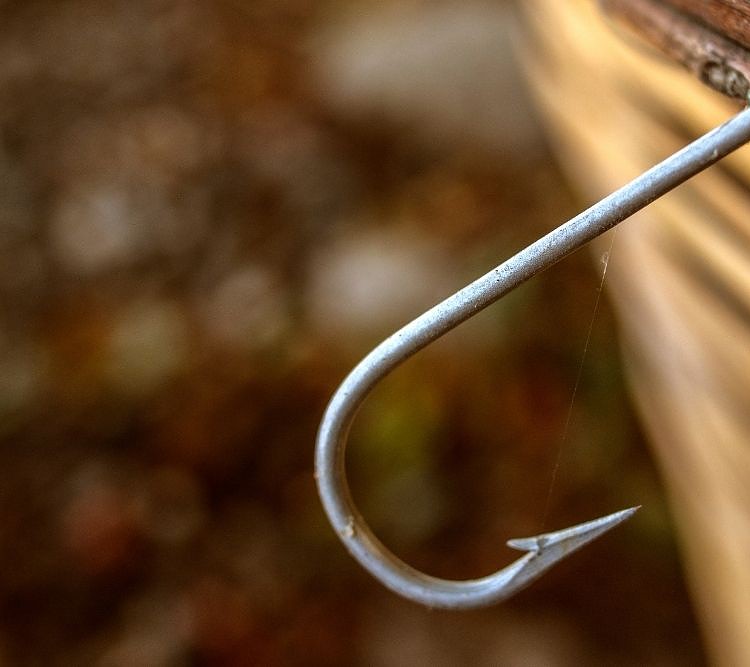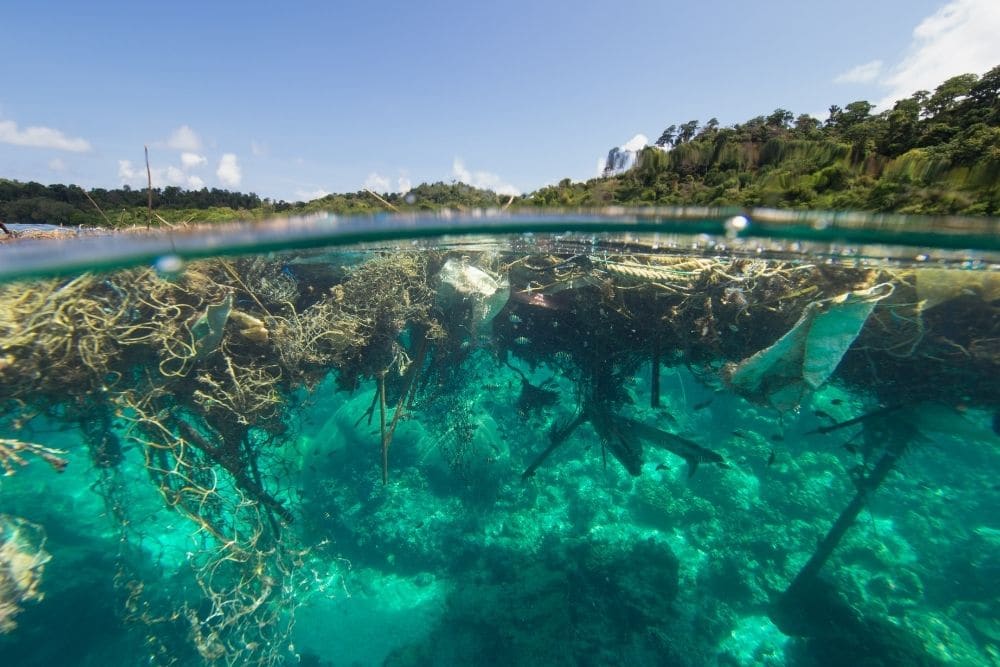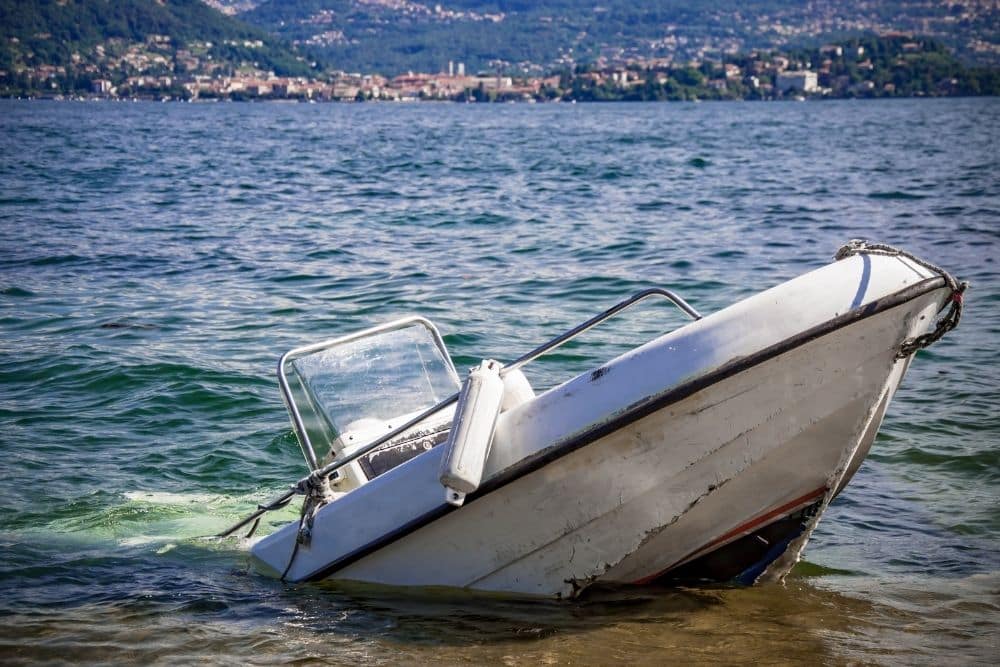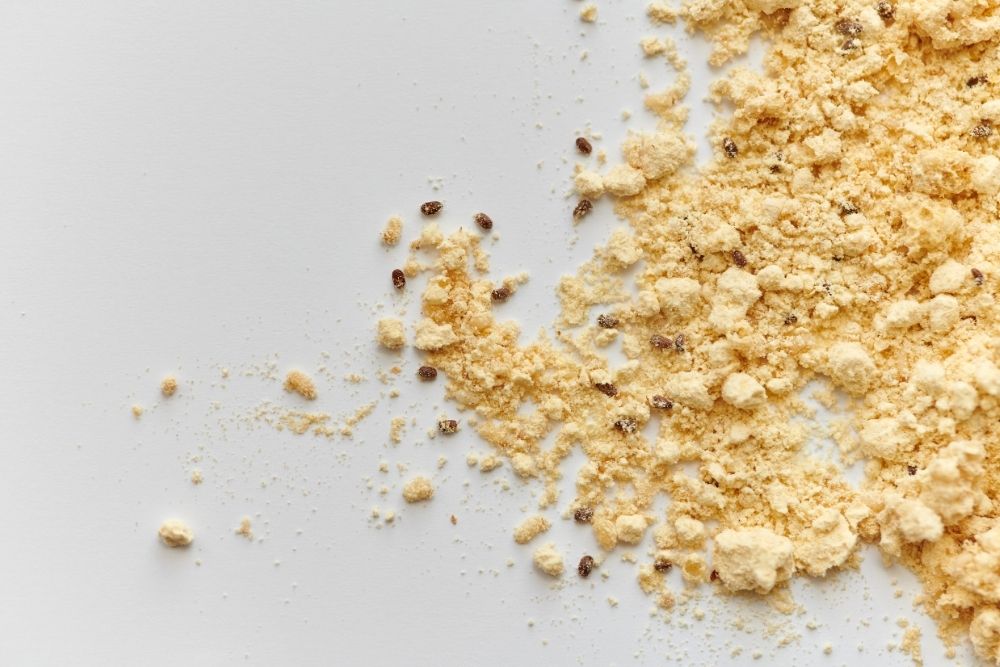Are you wondering how to protect the bottom of an inflatable boat? After all, if the boat gets damaged, it can’t be used and that can create a huge hassle.
Whether you own an inflatable boat that you want to protect or you’re wondering what it would take to protect one, know that the project is completely feasible.
There are a few things you can do to protect the bottom of an inflatable boat.
Table of Contents
Why Protect the Bottom of Your Inflatable Boat?
An inflatable boat represents an investment. It also represents all of the fun times that you can have out on the water.
If the bottom of your boat gets ruined, though, your investment will go up in smoke. It will also make it harder for you to enjoy yourself on the water.
There are a few things that you want to protect the bottom of your boat from. These are:
- Tears, rips, or holes that cause air to leak out of your boat
- Algae, barnacles, and other plants or creatures that can attach to your boat and grow there, hampering usefulness and functionality
- Adverse weather conditions that can damage the boat
- Pests and vermin that might like to live in your boat when it’s in storage
If you can keep the bottom of your inflatable boat safe from each of these things, it should last for you for many years.
How to Protect Your Boat
Here are a few of our top tips for protecting the bottom of your inflatable boat. Follow them to make your boat last for a long time.
When in Doubt, Test it Out

It’s easy to say, “Avoid the shallows,” but sometimes it can be hard to know how shallow the water is.
Keep a stick or a paddle on your boat so you can always test how deep the water is. If there’s an area where you aren’t sure if your boat will rub against the bottom, use the paddle or stick to determine the depth before you enter the area.
Different inflatable boats have vastly different depth clearances. Look yours up in the manual before you leave or measure it, again using the paddle, before you take the boat too far.
Take Care With Fish Hooks

Inflatable boats are great for fishing until you hook one on the end of your line.
Always keep your line untangled and any hooks either covered or in the water, well away from your inflatable boat. Stay well away from other people who are fishing, too, especially if they are fly fishing or casting far.
If your boat gets blown into an area with fishhooks, move slowly as you recover control. Abrupt movements can cause any embedded fishhooks to do even more damage to the bottom of your boat.
Paddle Around Debris

Even innocent-looking debris can contain sharp edges that could tear your boat. If you see floating debris, avoid it if at all possible.
If you can help but encounter debris, do so slowly. Use a stick or an oar to push away anything that might harm your boat, like construction debris or broken bottles.
Add a Layer of Protection to the Bottom of the Boat
If you’re rough on inflatable boats or you just want an extra layer of protection for your boat, consider adding one or more layers to the bottom for extra security.
Note that the formulations for these products can change abruptly. Always make sure that what you are putting on your boat is compatible with the material your boat is made from.
There are several options, including layers of marine glue, marine paint, or marine tape. Some of these products may be intended for use in repair work, but anglers swear by putting thin layers over the entire bottom of the boat.
Last update on 2025-07-05 at 16:17 / Affiliate links / Images from Amazon Product Advertising API
Simply apply the product according to the directions on the package. Let it cure or dry before you use the inflatable boat.
How to Store Your Inflatable Boat to Protect the Bottom
Your boat does not only risk damage when it is being used. Some types of damage are more likely while the boat is being stored.
Store the Boat Out of the Water

When you store your boat in the water, you are practically inviting marine life to attach to the bottom of it and thrive there. This can render your boat useless or even damage it if the life attaches to the boat or gets under the outer layers of the boat’s skin.
Store the Boat Out of the Weather

It may be tempting to store your inflatable boat outside, but this exposes it to all sorts of weather. Wind, rain, hail, snow, heat, and more can all ruin your boat.
Even if it is UV resistant, prolonged exposure to the sun can cause damage. After all, it can’t resist forever!
Store the Boat Away From Vermin

Mice and other, similar vermin love to make their nests in inflatable boats. They are more than capable of chewing through the outer layers of your boat’s bottom to access a relatively warm, safe place to spend the winter.
Store your boat in your home, if at all possible, or in an environmentally controlled area. Otherwise, you may need to do a serious patch job come spring!
Maintenance Tips for the Bottom of Your Inflatable Boat
In addition to using your boat wisely and storing it well, there are a few things you can do to keep the bottom of your inflatable boat working great for many years.
How to Patch the Bottom of an Inflatable Boat
Most inflatable boats come with patch kits. If you do not have one for yours, get one for PVC, vinyl, or whatever material your boat is made from.
Last update on 2025-07-07 at 21:08 / Affiliate links / Images from Amazon Product Advertising API
Last update on 2025-07-07 at 21:08 / Affiliate links / Images from Amazon Product Advertising API
Note that different products may be applied differently. However, we have not used one that differed very much from the process outlined in the video below.
Only perform repairs when the boat is dry and temperatures are between those listed as optimal on your repair product. Wear protective gloves and a facemask if there is no ventilation.
Locate your leak. Inflate the boat, then apply soapy water until you see bubbles form. They will form over the place where the air is leaking out of the boat.
Mark the leak. Then, deflate your boat and clean the areas within 6 inches of the leak. Make sure you get rid of all the soap and water, as well as any other contaminants.
Cut your repair patch. It should be at least 1.25” in each direction from the edges of the hole. Place the patch over the hole and trace around it with a pencil.
Remove the patch, then cover the area inside the pencil mark with adhesive. At the appointed time, based on the instructions on the adhesive, apply the patch. Push it down until there are no air bubbles or other places where the patch is not adhered to the boat.
Let the patch dry as instructed on the adhesive. Then, inflate the boat and perform the soap test again to ensure that the hole is repaired.
How to Clean the Bottom of an Inflatable Boat
Never take harsh chemicals to the bottom of your inflatable boat! In fact, never use a product that is not designed for the material your boat is made of to clean the boat.
Start by gently spraying off the bottom of the inflatable boat. This should off any mud, marine plants, grime, and anything else that gets on it in the course of general usage.
Once or twice a year, use a marine cleanser on the entire boat. Make sure it is formulated for vinyl, PVC, or whatever material your boat is made out of. Get the boat wet, apply the cleaner, then spray it off again.
Last update on 2025-07-07 at 21:08 / Affiliate links / Images from Amazon Product Advertising API
Last update on 2025-07-05 at 19:48 / Affiliate links / Images from Amazon Product Advertising API
Get the boat completely dry before you store it or use it again.
Conclusion
It’s easy to protect the bottom of your inflatable boat. This will save you time and money, too.
If you keep the bottom of your inflatable boat from harm, you should be able to use the boat for many years.

I created this site to help people – to help you – with your boat problems. Instead of helping one person at a time, I want this website to be the “one-stop-shop” for everyone’s boating concerns. Read more.








